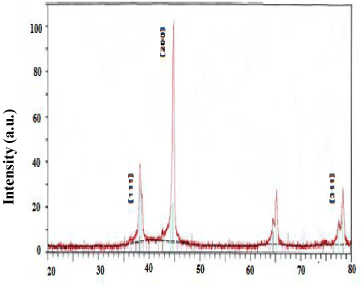


Any deviations from homogeneity make the reproducibility of the measurement rather difficult. One of the basic assumptions of meaningful XRD is the homogeneous spatial and angular, distribution of the crystallite orientations in the different directions. It is important to emphasize that the quality of the collected data cannot be superior to the quality of the sample and to the quality of its preparation and deposition.

Specifications and Settings Use for the Usual Measurements X-ray generator The instrument’s goniometer uses the following geometry for the collection of data. Proper instrumental parameters to get good S/N ratio of your sample can be set by a quick-run. The S/N ratio of the measurement depends on many factors including but not limited to the quality of the sample, the composition of the sample, scan speed, step size and so on. The time taken for one measurement depends of the basic settings such as scan range, scan speed and step size used for the measurements. However, one sample can be mounted in for the measurements at a time since we do not currently have the auto sample changer.

Powder/granular samples, membranes or thin films coated on other substrates can be placed on the well. Precise lattice parameter determination and so on.Ĭurrently, the IC-FAS has set of glass sample holders with 0.2 mm depth as shown in following figure for loading the samples.The more common applications of X-ray diffraction includes but not limited to Traditional powder diffraction measurements of Bruker Ultima IV use the Bragg-Brentano focusing geometry to provide high-intensity, high-resolution measurements of well-powdered samples. Different types of samples for instance powder/granular samples, thin films and solid membranes can be probed from 2-theta as small as 2° to 90° without having any hazel. The Rigaku Ultima IV represents state-of-the-art multipurpose X-ray diffraction (XRD) system.


 0 kommentar(er)
0 kommentar(er)
